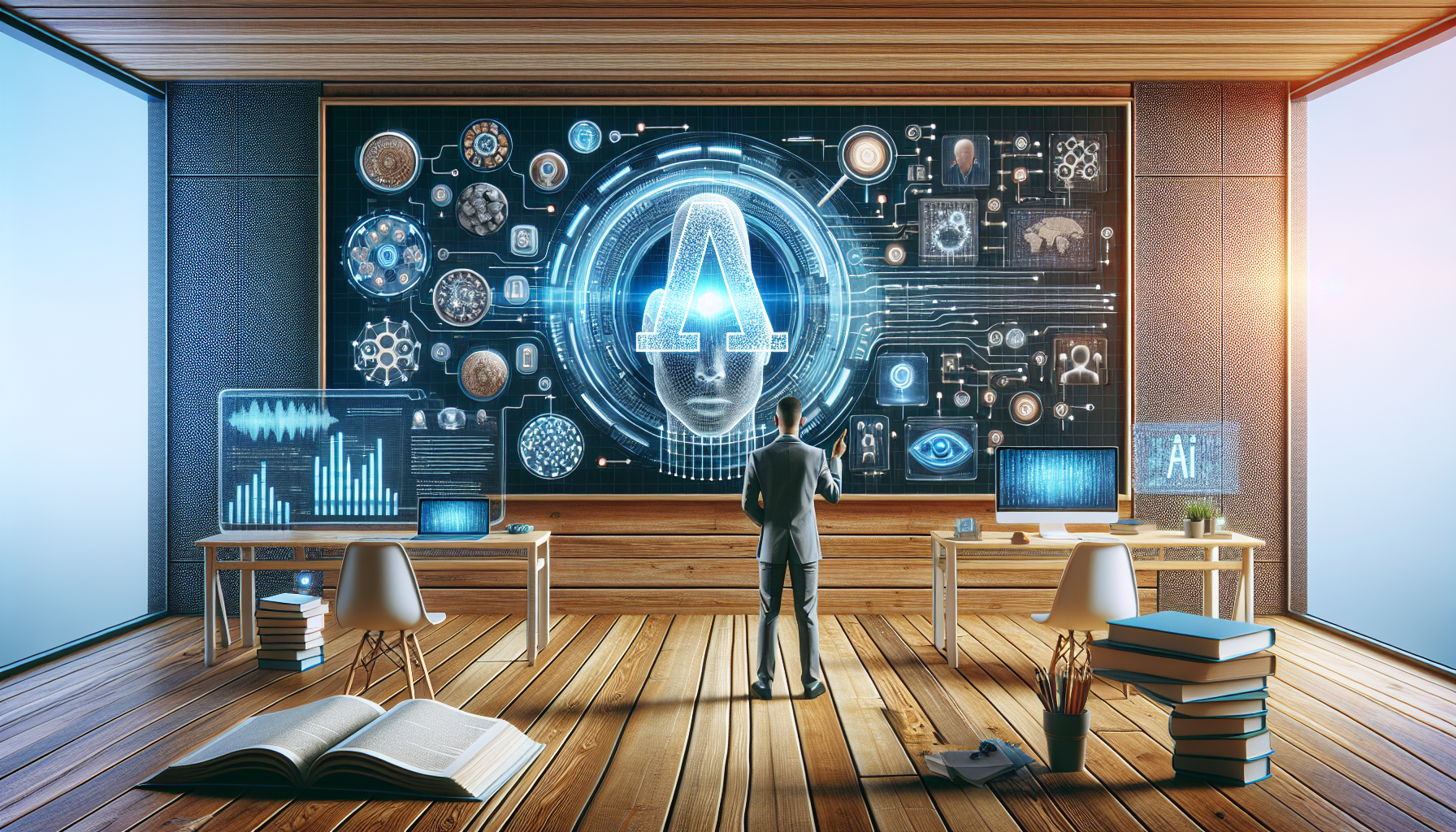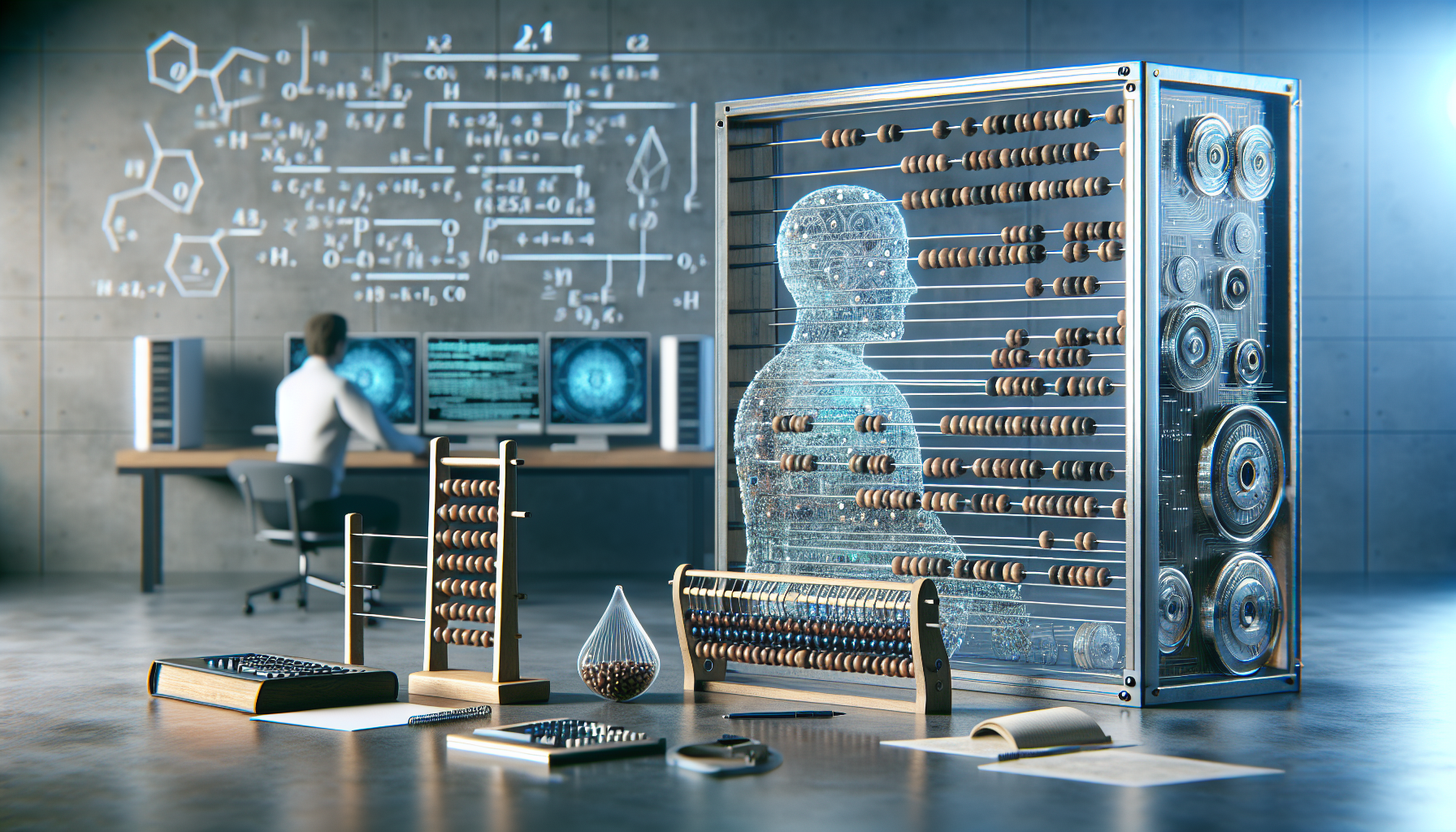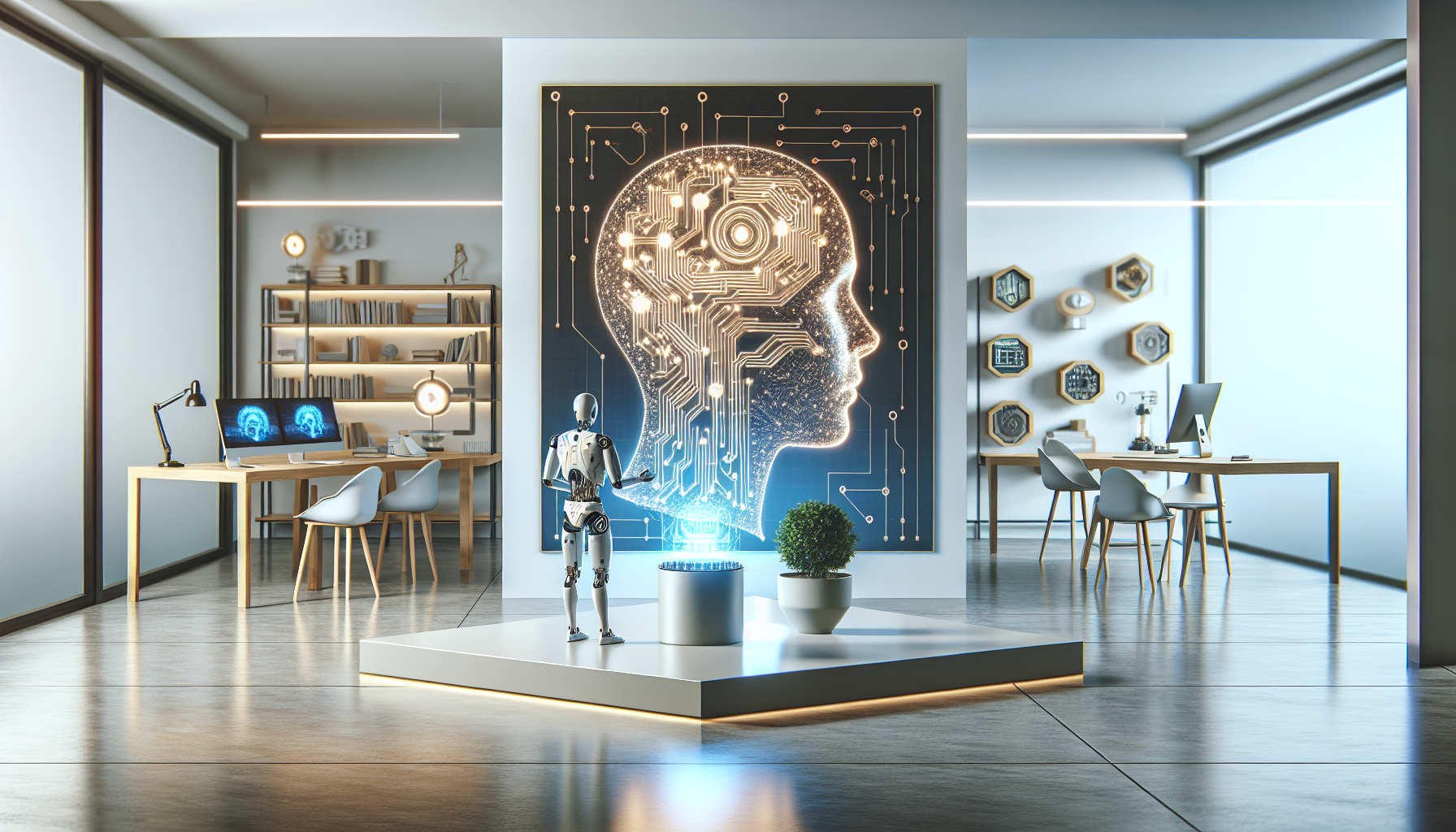
AI Brushes and Digital Paints: How Artificial Intelligence is Redefining Creativity with a Smile
May 11, 2025
It was a dark and stormy night in the world of art until artificial intelligence showed up with a glowing palette of possibilities and a mischievous grin. If you've ever wondered how a computer program could don a beret and start painting, you're not alone. AI is now influencing art and creativity in ways that would make Picasso do a double-take—or at least ask, "Is that a robot in my cubism class?"
First, let’s address the elephant—or should we say, the robot—in the room: AI isn’t here to steal the thunder from artists, but rather to provide an electrifying light show of creativity that even Edison would envy. Artists across the globe are discovering that AI tools can do more than just help them find their lost brushes. These programs can generate unique art pieces, suggest color palettes, and even mimic the styles of famous artists, all while keeping a stiff upper lip and a sense of humor.
One might think that AI would make art cold and mechanical, but the reality is quite the opposite. With algorithms designed to learn and adapt, AI is developing a sense of style that some might describe as avant-garde with a touch of whimsy. It's like Andy Warhol and a Roomba had a baby, and that baby is now creating art that’s equal parts fascinating and befuddling.
Consider this: AI can now analyze vast amounts of data from past artworks and create something new that’s inspired by them, yet entirely original. It's like having a time-traveling art critic who’s absorbed centuries of art history, but without the snobby attitude. These AI systems can recognize patterns, styles, and even emotional nuances in art, making them surprisingly adept at crafting pieces that resonate with human viewers.
But what about creativity, you ask? Isn’t that the sacred realm of human endeavor, untouched by the cold hands of silicon chips? Not anymore. AI's role in creativity is like a sous-chef in a Michelin-starred kitchen, chopping onions and suggesting new spices while the chef—our human artist—creates the masterpiece. By providing new tools and techniques, AI is expanding the boundaries of what’s possible, inviting artists to explore new frontiers with the enthusiasm of a puppy in a room full of chew toys.
The trend of AI in art extends beyond just pretty pictures. Musicians are using AI to compose symphonies and write lyrics that make you wonder if Beethoven and Taylor Swift had a secret collaboration. Writers are employing AI to generate plot ideas, character dialogues, and even entire novels. The AI doesn’t just churn out words like an over-caffeinated parrot; it analyzes themes, styles, and structures to produce narratives that are engaging and occasionally laugh-out-loud funny.
But let’s not forget the most crucial aspect of any art form: the critics. If AI is going to take part in art, it’s only fair that it faces the same scrutiny as any human artist. Fortunately, AI is already well-equipped for the task. It can analyze critiques and feedback, learning what works and what doesn’t with the diligence of an artist who's just received their first scathing review. While AI-generated art might not yet hang in the Louvre, it's certainly generating buzz—and a healthy dose of debate—about the nature of creativity itself.
So, what does this all mean for the future of art? Will galleries soon be filled with works credited to names like "Robo-Rembrandt" and "Digital Da Vinci"? Only time will tell. What’s clear is that AI is not merely a tool but a collaborator, a new brush for artists to wield as they paint the canvas of the future. And who knows—perhaps one day, AI will create a piece so powerful that it moves us to tears, only for us to realize that it was just the AI’s sense of humor at work, showing us the beauty of a world where humans and machines create together.
As we stand on the cusp of this brave new art world, one can’t help but wonder: If AI can make art that moves us, can it also teach us to appreciate the art within ourselves? Now, that would be a masterpiece worth pondering.


